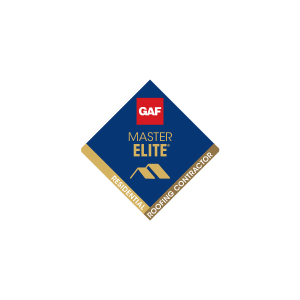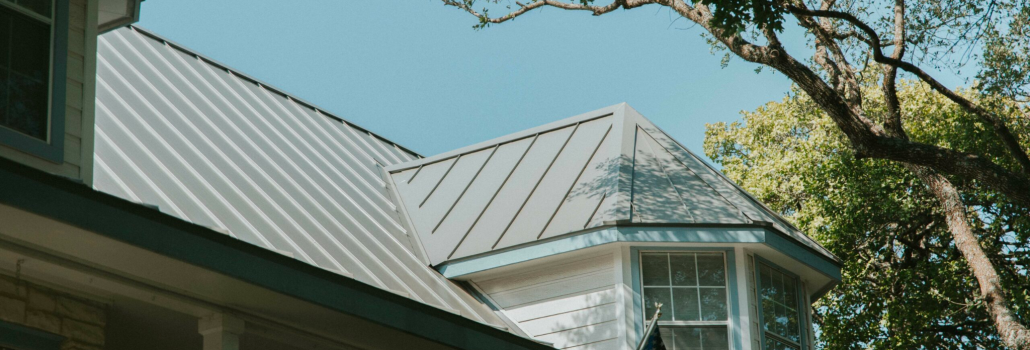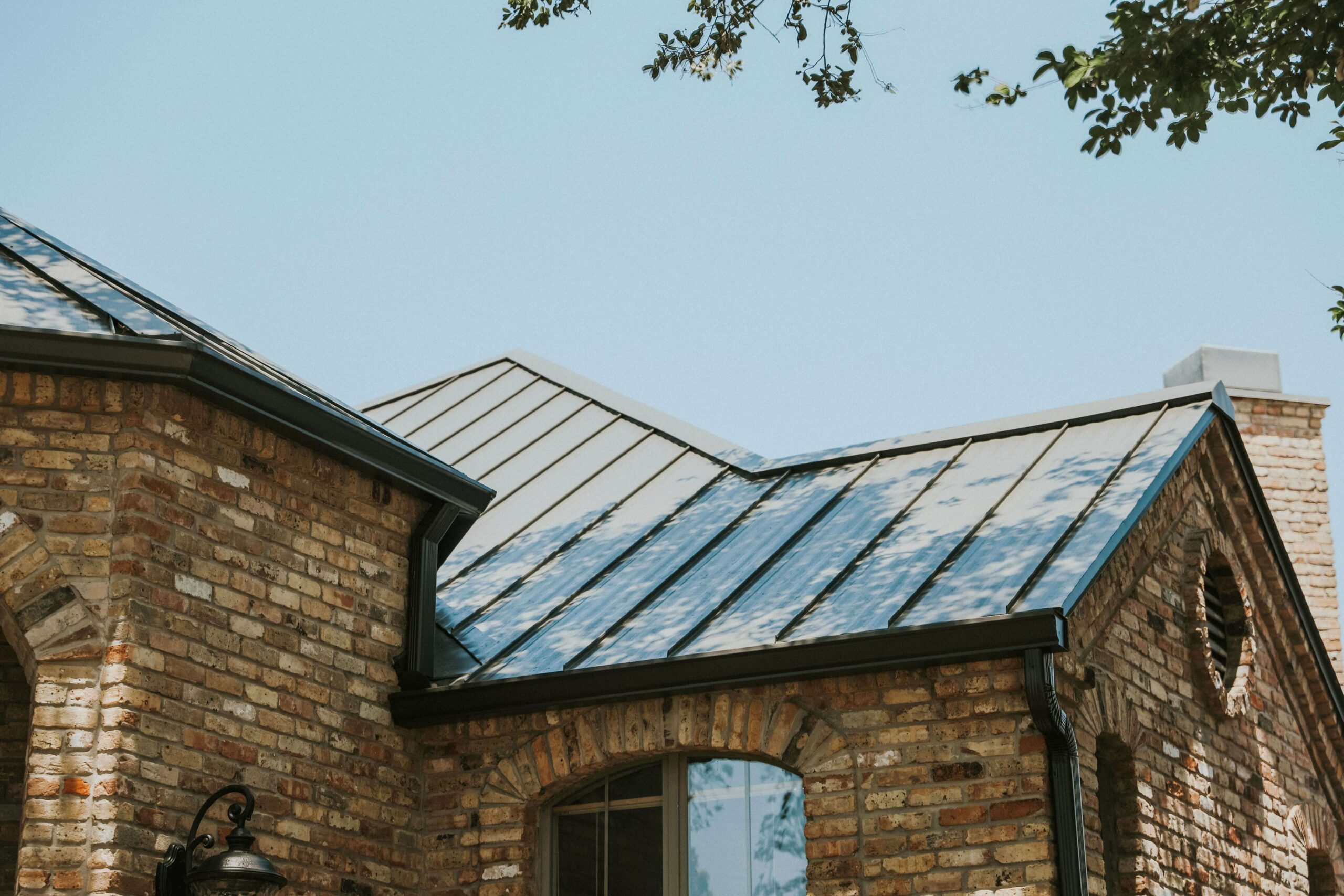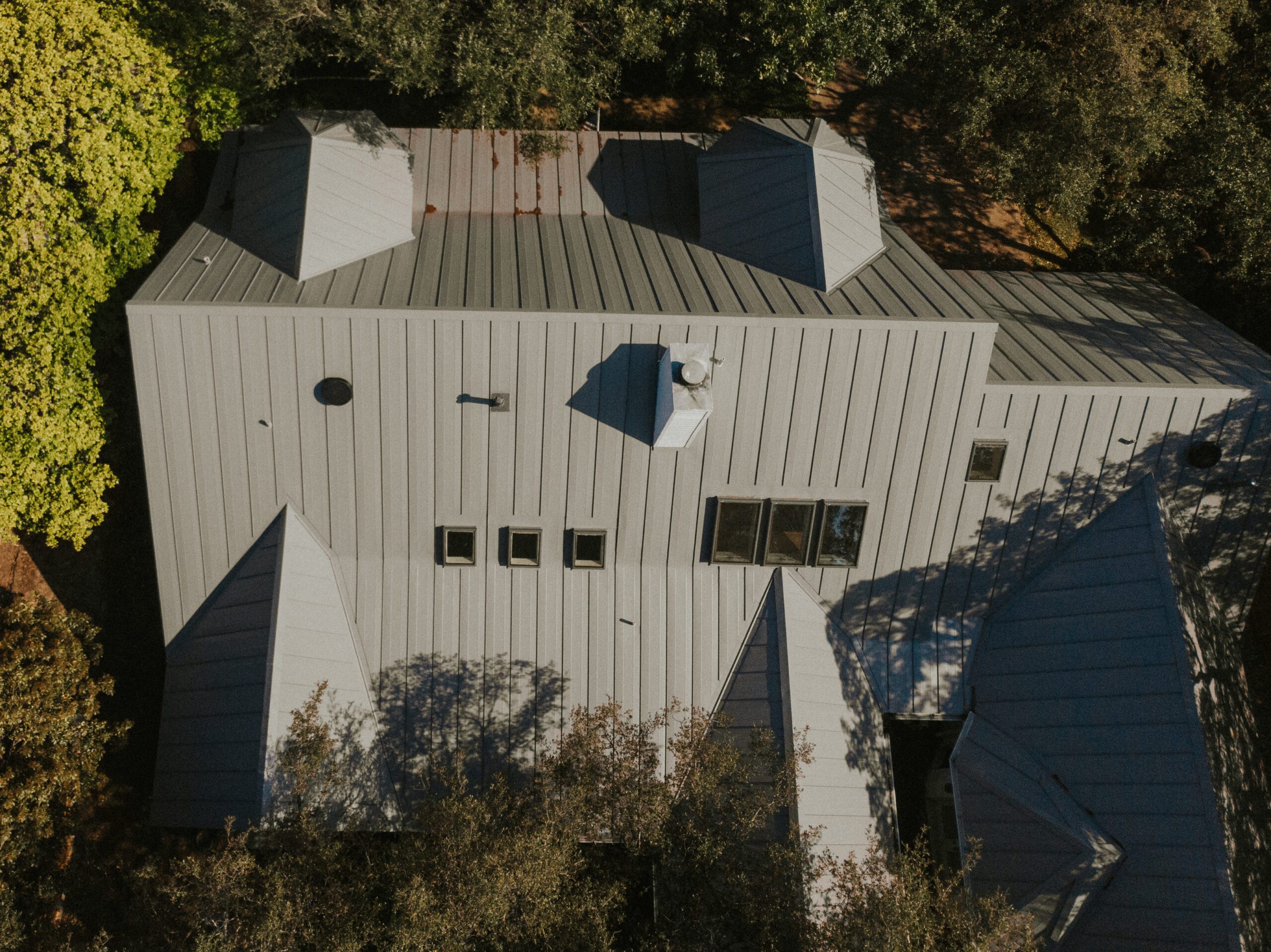Metal roofs have become increasingly popular among homeowners due to their durability, energy efficiency, and aesthetic appeal. However, like any roofing material, metal roofs come with their own set of disadvantages. Before deciding if a metal roof is right for your home, it’s essential to consider these potential drawbacks to make an informed decision. Here’s a comprehensive look at the disadvantages of metal roofs.
1. Higher Initial Cost
One of the most significant drawbacks of metal roofs is their initial cost. Metal roofing materials, such as steel, aluminum, and copper, are generally more expensive than traditional asphalt shingles. The cost of materials combined with the specialized labor required for installation can make metal roofs a considerable investment. While metal roofs may offer long-term savings through durability and energy efficiency, the upfront expense can be a barrier for many homeowners.
2. Noise
Metal roofs can be noisier than other roofing materials, particularly during heavy rain, hailstorms, or when debris falls on the roof. While some homeowners appreciate the sound of rain on a metal roof, others find it disruptive. Insulating materials and proper installation can help reduce noise, but it’s an additional factor to consider if you’re sensitive to sound.
3. Denting and Damage
Although metal roofs are highly durable, they are not immune to damage. Hail, falling branches, or other heavy impacts can cause dents or scratches, particularly in softer metals like aluminum or copper. While many metal roofs are designed to withstand severe weather conditions, large hailstones or heavy debris can still cause visible damage, potentially affecting the roof’s appearance and performance.
4. Expansion and Contraction
Metal roofs expand and contract with temperature changes, which can lead to issues over time. This thermal movement can cause fasteners to become loose, seams to separate, and panels to warp if the roof is not properly designed and installed to accommodate these changes. It’s crucial to hire experienced installers who understand how to allow for expansion and contraction in the roofing system to minimize these risks.
5. Color Matching Issues
Over time, the color of a metal roof can fade due to exposure to sunlight and the elements. If you need to replace a section of your roof, matching the exact color can be challenging. Even slight variations in color can be noticeable, which may affect the overall aesthetic of your home. Some homeowners might find this particularly bothersome if they are concerned about maintaining a uniform appearance.
6. Rust and Corrosion
While many metal roofs are coated to prevent rust and corrosion, exposure to harsh environments can still lead to these issues over time, especially if the protective coatings are damaged. Coastal areas with salty air or industrial areas with pollution can accelerate the corrosion process. Regular maintenance and inspections are necessary to ensure the roof’s protective layers remain intact and effective.
7. Installation Complexity
Installing a metal roof requires specialized skills and knowledge. Not all roofing contractors have the experience or expertise needed for proper metal roof installation. A poorly installed metal roof can lead to problems such as leaks, reduced energy efficiency, and even structural damage. It’s essential to hire a reputable contractor with a proven track record in metal roofing installations to ensure the job is done correctly.
8. Potential for Oil Canning
Oil canning is a wavy or rippling appearance that can occur in flat areas of metal roofing panels. While it’s mainly an aesthetic issue, it can be a concern for homeowners who prefer a smooth, uniform appearance. Oil canning is often caused by improper handling, installation, or thermal expansion. Choosing high-quality materials and skilled installers can help minimize the risk of oil canning.

What is the Best Roof for your Money
While metal roofs offer numerous benefits, including durability, energy efficiency, and aesthetic appeal, they also come with several potential disadvantages. Higher initial costs, noise, the risk of denting and damage, expansion and contraction issues, color matching challenges, rust and corrosion risks, installation complexity, and oil canning are all factors to consider.
Before deciding on a metal roof, weigh these disadvantages against the benefits and consult with a trusted roofing professional to determine if a metal roof is the best choice for your home. By understanding both the pros and cons, you can make an informed decision that suits your needs and ensures the long-term performance and appearance of your roof.
We at The Guild want to answer any questions you may have about roof installation. We take pride in the fact that we are experts in anything you might need help on your roofline up! We not only are roofers but we are also ventilation, skylight, and gutter pros.
Contact The Guild Collective for all of your roofing needs or questions about skylight options. Let’s get together and figure out the best skylight fit for your home and budget. If you have any questions about cooling off a space, protecting your home, and controlling your utility bills, please set up your free in-home consultation today.













